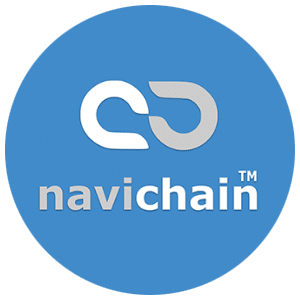This feature automatically generates electronic consignment notes (e-CMRs) based on data entered in Transport Bookings within the Navichain platform. The system then synchronizes these e-CMRs with any subsequent changes made to the corresponding Transport Bookings and Runs. This automated generation eliminates the need for manual e-CMR creation.
While the e-CMR is automatically populated, users retain the ability to manually edit the content of existing e-CMRs and add or amend new information as needed. This allows for flexibility and handling of exceptions.
The system also offers configurable notifications for specific events and updates related to e-CMRs. Users can define which events trigger notifications (e.g., e-CMR creation, status change, delivery confirmation) and specify the recipients for each notification type. The sending of these notifications is automated based on the user’s configuration. Data points synchronized include:
- Shipper and consignee details (name, address, contact information)
- Goods information (description, quantity, weight, packaging)
- Dates and times (pickup, delivery, loading/unloading)
- Vehicle details (registration number, trailer information)
- Driver details (name, contact information, license number)
- Special instructions (handling requirements, hazardous materials declarations)
No manual data entry is required for these fields on the e-CMR after initial generation, unless manual edits are deemed necessary by the user.




